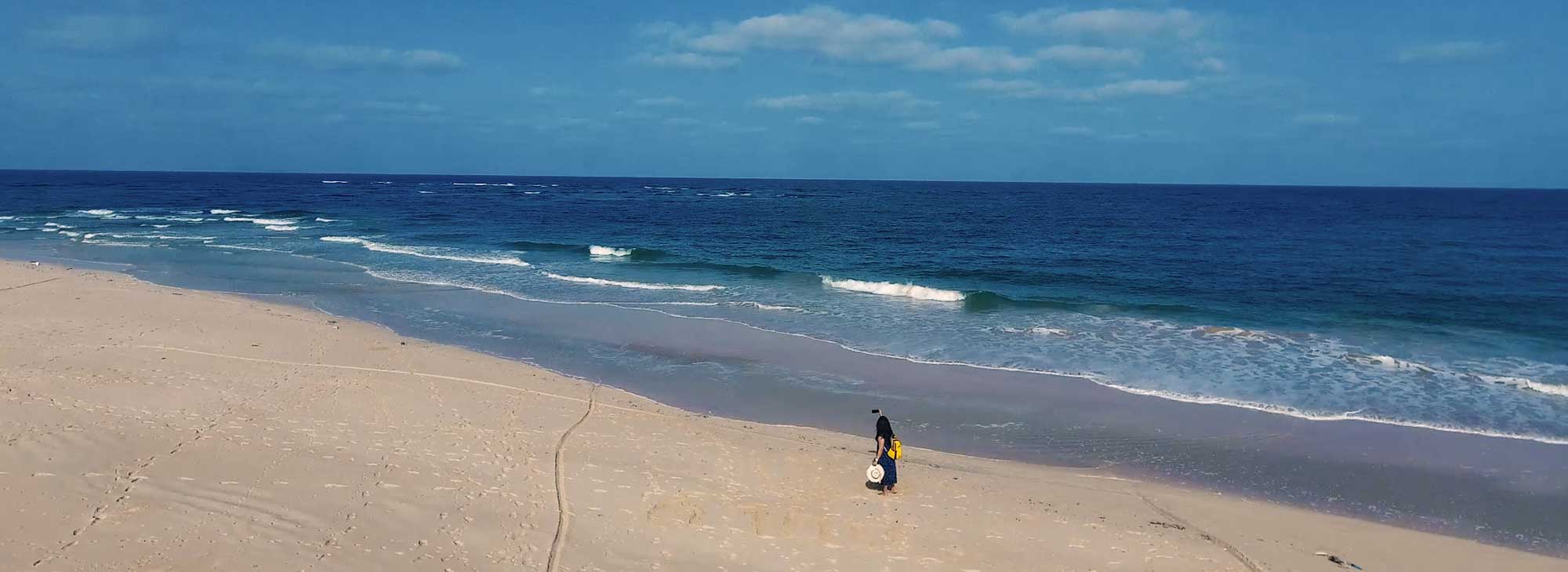Government data indicates more erosion than accretion on Gujarat’s beaches
December 05, 2023
Gandhinagar: The coast of Gujarat is experiencing both natural processes of accretion and erosion, but the data suggests that erosion is much higher than the accumulation (accretion) on the shoreline of the state.
The National Centre for Sustainable Coastal Management (NCSCM) has undertaken a detailed study – Statewise, and beachwise, the findings of which are given under.
Annexure
| Beach | Status | Area (Sq. m) |
| Gujarat | ||
| Umbrat Beach | Accretion | 110895.32 |
| TIthal Beach | Erosion | 69910.56 |
| Suvalli Beach | Erosion | 688783.17 |
| Mandavi Beach | Accretion | 20471.44 |
| Dandi Beach | Erosion | 69434.26 |
| Dabhari Beach | Erosion | 1640149.52 |
| Shivrajpur Beach | Erosion | 32692.74 |
| Shivrajpur Beach | Accretion | 2396.77 |
This information was given by the Union Minister of State for Environment, Forest and Climate Change, Shri Ashwini Kumar Choubey in a written reply in the Lok Sabha today.
The reply also stated that some stretches of India’s shoreline are subject to varying degrees of erosion due to natural causes or anthropogenic activities. Coastal erosion does impact coastal communities residing in erosion-prone areas including fishermen communities. National Centre for Coastal Research, (NCCR), an attached office of the Ministry of Earth Sciences, Government of India has monitored the shoreline changes for the entire Indian coastline using multi-spectral satellite images along with field-surveyed data for the period 1990-2018. It is observed that 33.6% of the Indian coastline was vulnerable to erosion, 26.9% was under accretion (growing) and 39.6% was in a stable state.
Under the shoreline mapping system undertaken by NCCR, 526 maps were prepared for the entire Indian mainland coast for identifying vulnerable areas to coastal erosion in 1:25000 scale, along with 69 district maps, and 9 States and 2 Union Territory (UT) maps. A report on “National Assessment of Shoreline Changes along Indian Coast” was released in July 2018 and the report was shared with various Central and State Government agencies and stakeholders for implementing shoreline protection measures. An updated version of Atlas, along with a digital version of the report, containing all the maps, was released on 25th March 2022.
The study by NCCR reveals that the shoreline changes are a combined effect of natural and human activities and the receding coastline will cause loss of land/habitat and the livelihood of fishermen in terms of losing the space for parking boats, mending nets, and fishing operations.
Accretion is the process of coastal sediment returning to the visible portion of a beach or foreshore after a submersion event, while coastal erosion is the loss or displacement of land or the long-term removal of sediment and rocks along the coastline. DeshGujarat
Recent Stories
- DGVCL announces scheduled power cuts in Surat from May 12 to May 17
- Axis Bank manager booked in Rs 2.20 crore fraud case in Surat
- ED searches at 4 premises in Mumbai, Surat in Torres Jewellery scam case
- Surat Airport begins round-the-clock operations
- Gujarat govt issues advisory on social media use for employees
- Migrant workers from Khavda Solar Park start returning home amid India-Pak tensions
- Govt asks news channels not to use air raid sirens as background music
